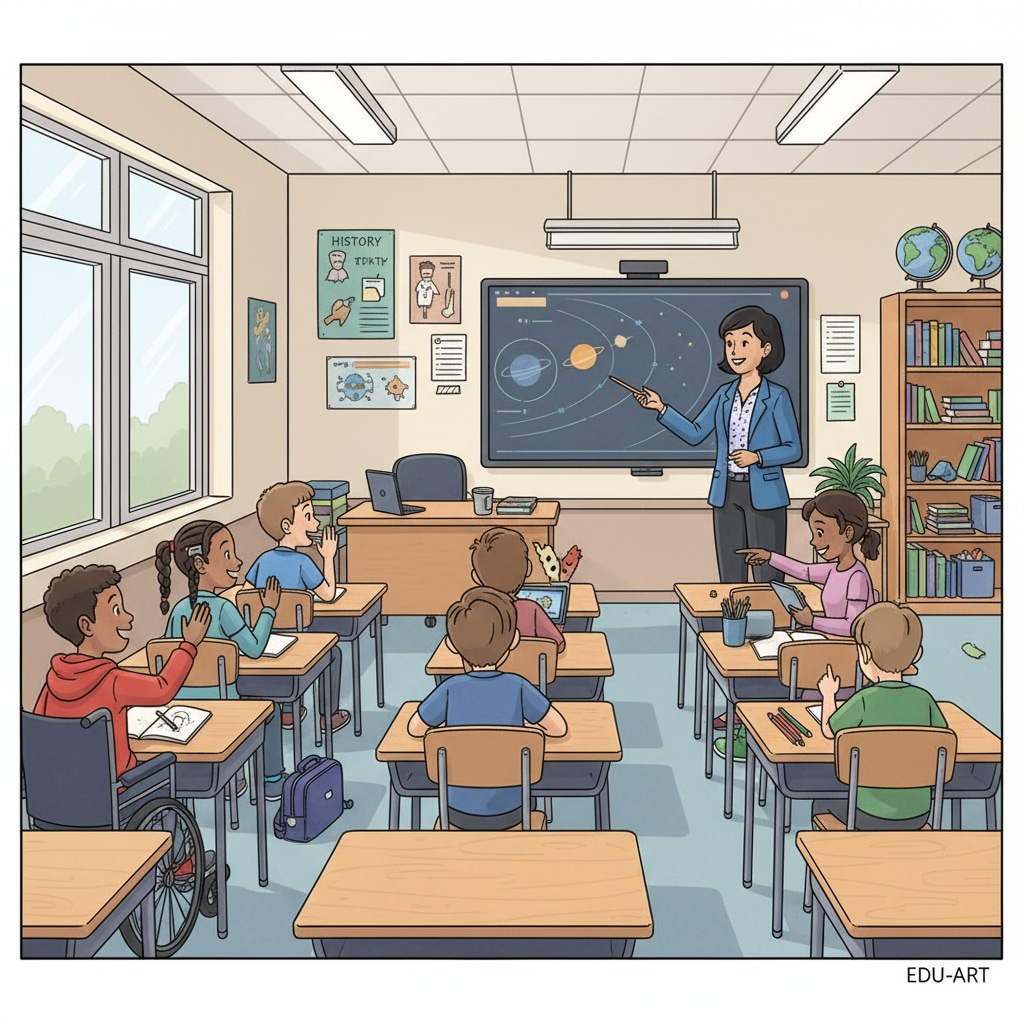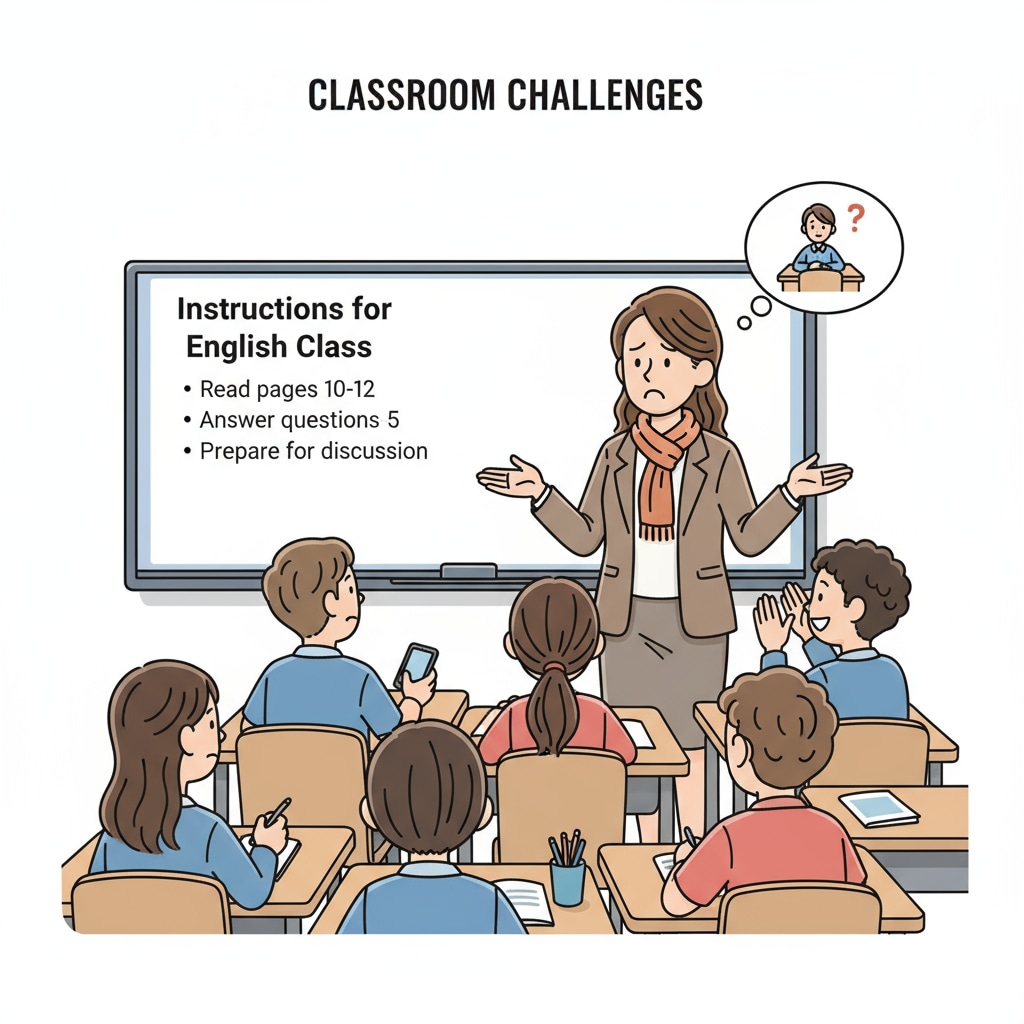In the realm of inclusive education, teaching difficulties, students not following instructions, and special educational needs often intertwine, presenting unique challenges for educators. In seventh – grade inclusive classrooms, middle school English teachers frequently encounter situations where students fail to adhere to instructions. This can disrupt the learning environment and hinder the educational progress of all students involved.

The Challenges of Student Non – compliance
One of the primary issues that teachers face is the disruption it causes to the classroom flow. When students don’t follow instructions, lessons can be derailed, and valuable teaching time is lost. For example, if a teacher asks students to open their textbooks to a specific page and start reading a passage, but some students ignore the instruction, it becomes difficult to maintain the rhythm of the lesson. Moreover, it can also create a sense of unfairness among compliant students, as they may feel that their efforts are not being rewarded when others are allowed to get away with non – compliance.

Underlying Reasons for Non – compliance
There are several factors contributing to students not following instructions in inclusive classrooms. Firstly, some students with special educational needs may have difficulty understanding the instructions. The language used might be too complex, or they may have processing difficulties. For instance, a student with a learning disability in language comprehension may struggle to decipher a multi – step instruction. Secondly, the classroom environment can also play a role. If the classroom is noisy or overstimulating, students may be distracted and fail to focus on the instructions. Additionally, some students may be acting out due to personal issues, such as family problems or peer conflicts.
Another aspect to consider is the teaching approach itself. If the instructions are not presented in a clear and engaging manner, students may be less likely to follow them. Teachers need to ensure that their instructions are simple, concise, and accompanied by visual aids or examples when necessary. According to TeachThought, clear communication is key to getting students to follow instructions.
Effective Strategies for Improvement
To address these issues, teachers can implement a variety of strategies. One approach is to use positive reinforcement. By rewarding students who follow instructions promptly, teachers can encourage others to do the same. This could be in the form of praise, stickers, or small rewards. For example, a teacher could say, “I really appreciate how quickly John opened his book and started reading. Well done!” Another strategy is to break down complex instructions into smaller, more manageable steps. This makes it easier for students, especially those with special educational needs, to understand and follow.
Creating a structured and predictable classroom environment can also make a significant difference. Establishing clear rules and routines from the beginning of the school year helps students know what is expected of them. Teachers can also use visual cues, such as charts or posters, to remind students of the rules and instructions. As stated by Understood.org, a well – managed classroom environment is crucial for students’ learning and behavior.
Readability guidance: In this article, we have explored the challenges of teaching difficulties, students not following instructions, and special educational needs in seventh – grade inclusive classrooms. By understanding the reasons behind non – compliance and implementing effective strategies, teachers can create a more inclusive and productive learning environment for all students.


